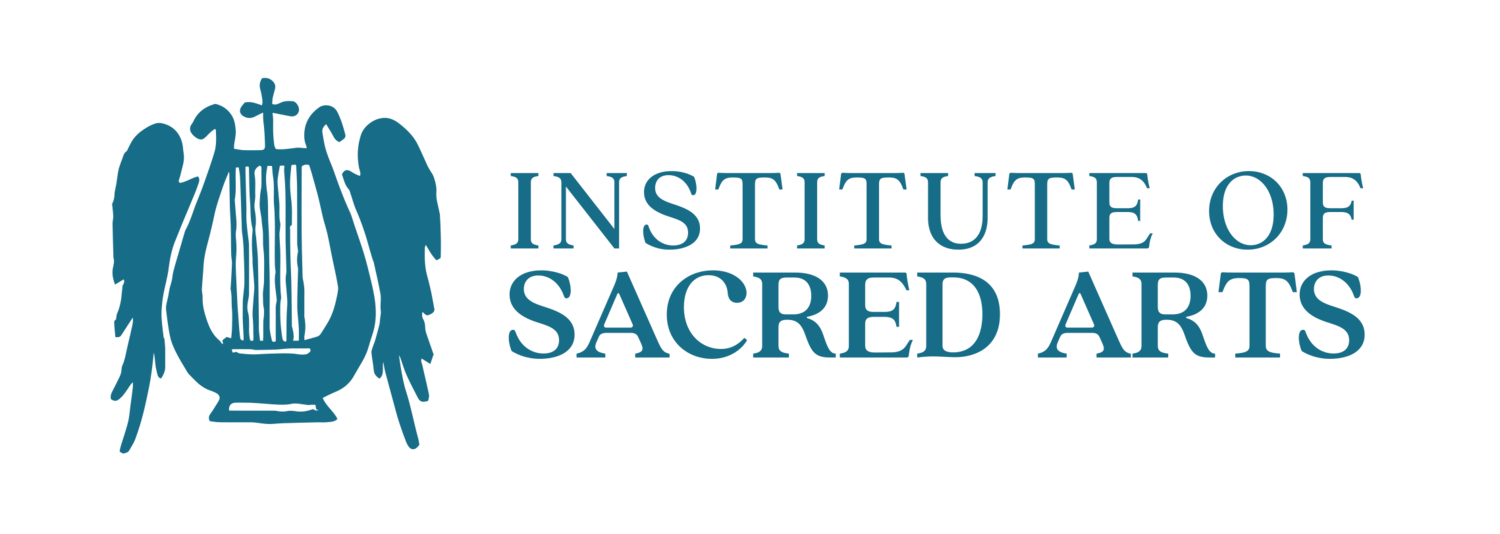Advisory board
The Institute is pleased to draw on the expertise of leaders in the fields of art history, theology, and non-profit management, who have been closely involved in our work.
Joan Shell
bio.
Gary vikan
Gary Vikan was Director of the Walters Art Museum from 1994 to 2013; from 1985 to 1994, he was the museum’s Chief Curator and Curator of Medieval Art. Before coming to Baltimore, Gary was Senior Associate at Harvard’s Center for Byzantine Studies at Dumbarton Oaks. A native of Minnesota, he received his BA from Carleton College and his PhD from Princeton University.
Gary serves on the Advisory Council on Culture and the Arts of the Salzburg Global Seminar and is a board member of Baltimore’s Creative Alliance. He has been a member of the Maryland State Art Council, and advisor to the Getty Leadership Institute and Princeton University’s Department of Art and Archaeology. He was appointed by President Clinton in 1999 to his Cultural Property Advisory Committee and was knighted by the French Minister of Culture in the Order of Arts and Letters in 2002.
In retirement, Gary writes, lectures, and teaches, and provides consulting services to cultural non-profits and collectors. His recent books include Early Byzantine Pilgrimage Art (2010), From the Holy Land to Graceland (2012), Sacred and Stolen: Confessions of a Museum Director (2016), and The Holy Shroud: A Brilliant Hoax in the Time of the Black Death (2020). He has also published a chapter entitled “Whence Agency?” in the volume Byzantine Materiality, edited by Evan Freeman and Roland Betancourt, emanating from one of our international conferences.
christina maranci
Christina Maranci is Mashtots Professor of Armenian Studies at Harvard University, serving in the Department of Near Eastern Languages & Civilizations and Department of History of Art and Architecture. Her work explores the art and culture of Armenia in all aspects, but with special emphasis on the late antique and medieval periods. She is the author of four books and over 100 articles and essays on medieval Armenian art and architecture, including most recently, the Art of Armenia (Oxford UP, 2018). Her 2015 monograph, Vigilant Powers: Three Churches of Early Medieval Armenia(Brepols, 20215) won the Karen Gould Prize for Art History from the Medieval Academy of America and as well as the Sona Aronian Prize for best Armenian Studies monograph from the National Association for Armenian Studies and Research (NAASR). She is co-founder of East of Byzantium, a workshop and lecture series designed to support graduate students working on the Christian East.
Maranci has worked on issues of cultural heritage for over a decade, with a focus on the at-risk Armenian churches and monasteries in what is now Eastern Turkey. She is the author of op.-eds. and essays in the Wall Street Journal, Apollo, The Conversation, and Hyperallergic. She has also been featured on National Public Radio’s Open Source with Christopher Lydon. At the moment, she is working on a book about the city of Ani during the tenth and eleventh centuries, exploring issues of art and architecture, epigraphy, landscape, theology, politics, and social roles. She is co-editor with Peter Bouteneff of a forthcoming volume entitled Rethinking Sacred Arts (SVS Press 2025).
AnneMarie Weyl Carr
Annemarie Weyl Carr, University Distinguished Professor Emerita of Art History at Southern Methodist University, has devoted her career to the history of the icon, questions of cultural interchange in the eastern Mediterranean Levant in the era of the Crusades, above all on the island of Cyprus, and on women artists in the Middle Ages. Her numerous publications include A Masterpiece of Byzantine Art Recovered: The Thirteenth-Century Murals of Lysi, Cyprus, Cyprus and the Devotional Arts of Byzantium in the Era of the Crusades, Asinou Across Time: Studies in the Archiecture and Murals of the Panagia Phorbiotissa, Cyprus (ed. with Andreas Nicolaides).
Dr Carr has participated in our Institute’s symposia since its founding, and has a chapter entitled “Sacred Art: A View from the Visual Arts” in our forthcoming volume Rethinking Sacred Arts.
ABC
abc.
ABC
abc.
ABC
abc.








